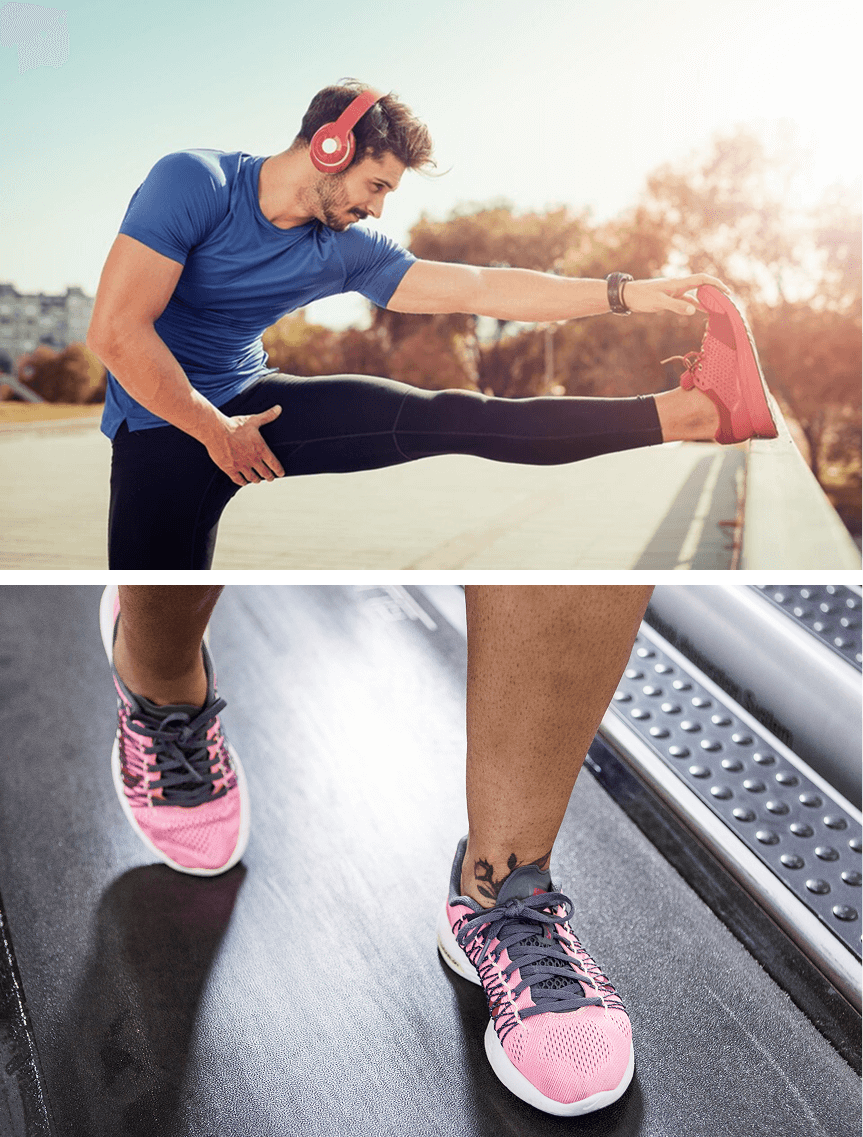About Functional Podiatry
Functional podiatry is an integrative approach to foot health that does not involve drugs, steroid injections or surgery. Your feet provide a foundation for all movement, and foot pain can be debilitating. But treating the symptoms of foot pain with pain medications and orthotics without identifying other causal factors is unlikely to provide long-term relief.
Foot pain can arise from multiple factors, including:
Holistic integrative podiatry recognizes that foot pain often originates from mechanical issues further along the kinetic chain, often involving knees, hips, postural habits, and inefficient gait strategies that affect the way your feet mediate force loads. The goal of functional podiatry is to eliminate foot pain by addressing all contributing factors and restoring functional movement.
Dr. Kalika is a top-tier certified gait analyst who has spent many years studying biomechanics of the foot, ankle, and lower kinetic chain. He is a world-renowned expert in diagnostic ultrasonography, with multiple scientific publications to his credit.
Dr. Kalika’s approach entails advanced diagnostics, including:
Treatment focuses on holistic foot function in the context of the entire lower kinetic chain. We combine the most advanced regenerative treatment methods with sophisticated foot and ankle therapy.
Dr. Kalika is certified in biomechanics and gait analysis, and has been using diagnostic ultrasound for over 20 years to accurately diagnose and treat thousands of patients with a broad range of foot conditions, including;
Dr. Kalika has helped countless patients to quickly and fully restore pain-free foot function, without drugs or surgery. His dedication to integrative patient care makes him one of the most sought-after holistic doctors in NYC.
Mainstream podiatrists rely on XRay and MRI to diagnose foot conditions, but those modalities do not provide much insight into foot mechanics, nerve entrapment and other issues that are most often the cause of foot pain. Patients are frequently underdiagnosed or misdiagnosed, and treated with generic protocols that do not relieve their foot pain.
At NYDNRehab, we use high resolution diagnostic ultrasonography to explore the interdependent structures that impact foot function, including bones, muscles, connective tissues, and nerves. Dynamic ultrasound imaging lets us compare the injured foot with its non-injured counterpart, to confirm our findings.
A 3D gait analysis enables us to measure gait in the transverse plane, where most gait injuries occur, and gives us objective data on joint angles, weight distribution, muscle firing patterns and other metrics that influence gait efficiency. We also conduct a biomechanical analysis of your foot and lower kinetic chain to observe how various structures interact.
We use the collected data to establish a baseline, set goals, and monitor the effectiveness of your treatment plan, to ensure that progress is being made and healing is taking place.
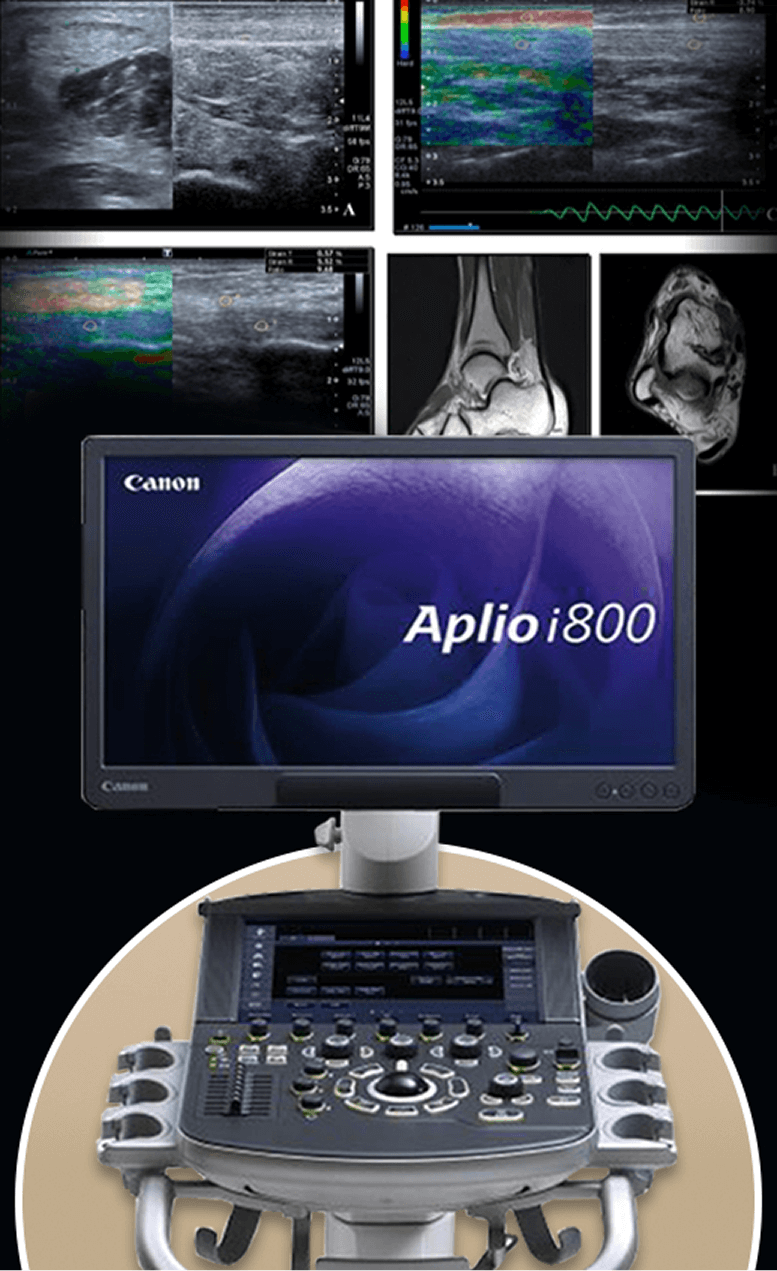
Patients often come to NYDNRehab after multiple failed attempts by mainstream doctors to resolve their foot and ankle pain.
In many failed cases, Dr. Kalika has found that:
Medical doctors are often stymied by musculoskeletal pain and dysfunction because their training does not encompass biomechanical analysis or rehabilitative solutions. Instead, they default to prescription medications, steroid injections and orthotic devices. Those solutions may temporarily alleviate pain, but they cannot restore mechanical function. When all else fails, doctors often recommend foot surgery, which has a poor track record of success.
Holistic podiatry not only examines the locus of pain, but also explores other interdependent structures that impact foot function. In many cases, foot pain originates from mechanical dysfunction farther along the kinetic chain, and faulty gait mechanics are often to blame for foot pain. When viewed through an integrative lens, your foot pain can only be resolved when all contributing factors are identified and addressed.

At NYDNRehab, we always begin with a conservative approach to plantar fasciitis treatment, but the secret to our success is precision. We have a 100% track record of success in treating plantar fasciitis, thanks to the combination of extracorporeal shockwave therapy (ESWT) and ultrasound guided dry needling (USDN).
A recent research publication in Nature cites Dr. Kalika’s own research, highlighting USDN as a top-tier evidence-based solution for plantar fasciopathy, and ranking it alongside ESWT and PRP as a primary intervention. To quote the article:
“Current therapeutic approaches for plantar fasciopathy include targeted mechanotherapy, optimized ESWT protocols, ultrasound-guided delivery of orthobiologics (e.g. leukocyte-rich PRP), and precision physical therapies. Furthermore, studies demonstrate the diagnostic and therapeutic value of ultrasound elastography and US-guided interventions for pain modulation. Ultrasound-guided dry needling of myofascial trigger points has been established as a primary intervention option for plantar fasciopathy.”
For patients, our multimodal approach to plantar fasciitis means quick pain relief, fast recovery, and longer-lasting outcomes. In our experience, combining modalities with precision guidance creates the best results.
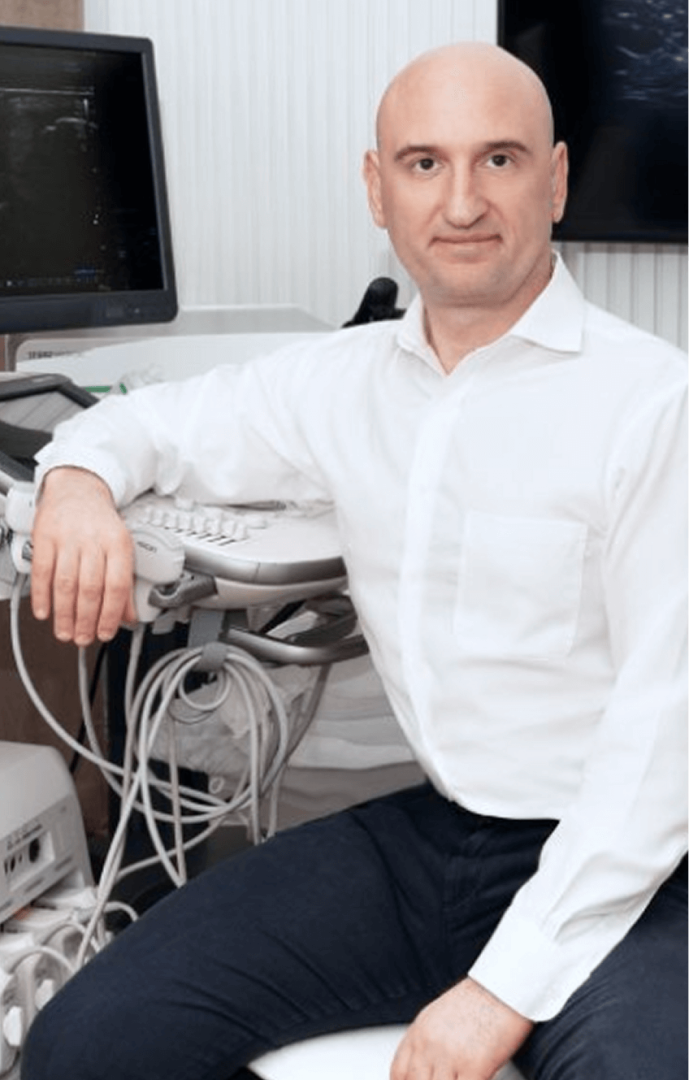
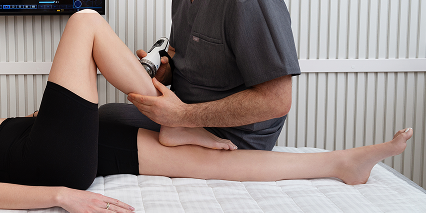
Regenerative technologies like extracorporeal shockwave therapy (ESWT), to eliminate inflammation, reduce pain and stimulate tissue healing.
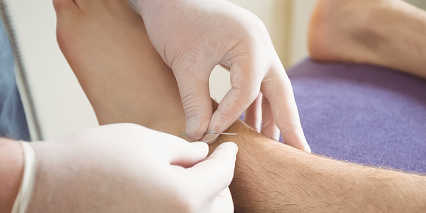
Ultrasound-guided dry needling, to eliminate myofascial trigger points that cause pain and inhibit movement.
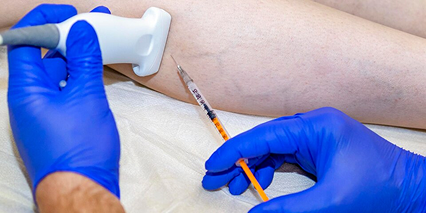
Nerve hydrodissection, to free up nerves entrapped by adhesions and scar tissue and restore smooth gliding.
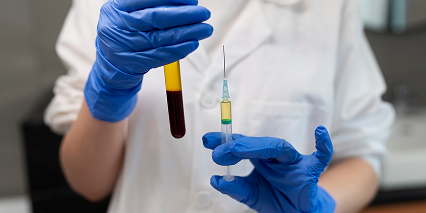
Ultrasound guided PRP and/or Prolotherapy injections, to trigger and accelerate healing of muscles, tendons and nerves at the cellular level.

The goal of functional podiatry is to identify all factors that contribute to your foot pain and eliminate them, without drugs, steroid injections or surgeries.
Your feet and ankles enable locomotion and provide stability for your entire body, while sending messages to your brain about your body’s position in space. During physical activity, your feet absorb and mediate force loads multiple times your body weight. Protecting your feet from injury can enhance your performance, reduce your risk of injury, and help you sustain a healthy lifestyle.
There are several things you can do to avoid foot pain:
